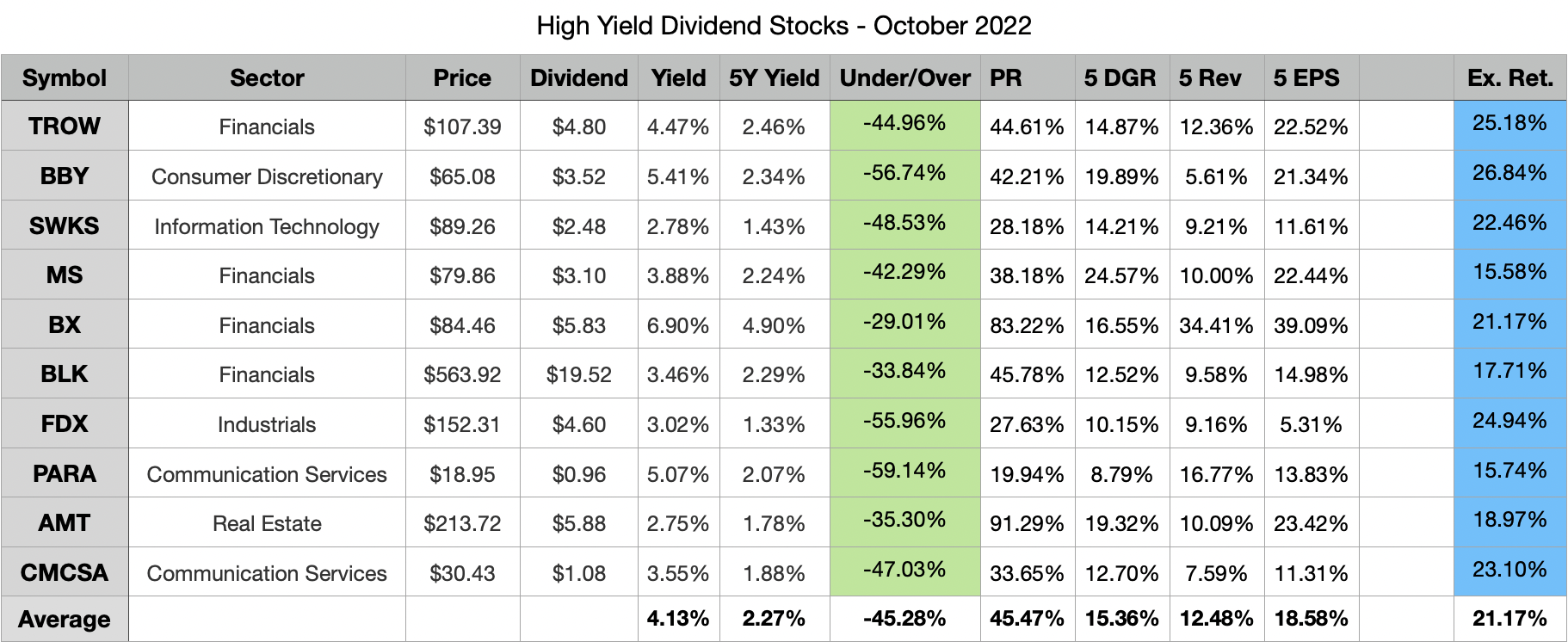
Before you decide to use any particular bond investing strategy, you need to understand its risks and benefits. This article will concentrate on the Risk of Interest Rate and reinvestment and Tax efficiencies. These strategies are intended to help you avoid common pitfalls while maximising your return. Read on for more information. The following strategies are recommended for beginners. If you have a specific goal you can combine many strategies into a single portfolio.
Interest rate risk
When investing in bonds, investors need to be aware of the potential risks involved with interest rate risk. Bonds can be a safe investment, but they are susceptible to changes of interest rates. If interest rates rise by 2% tomorrow, then the 10-year Treasury's price would fall by 15%. A 30-year Treasury with a rate of interest equal to 2% would be worth 26% less if it rose by the same amount.

Reinvestment risk
Reinvestment risks are a major financial risk for investors when they invest in bonds. Reinvestment is when an issuer calls off a bond before it matures to issue a new coupon. A holder holding a 10% bond would be eligible to receive the principal but must also find other investment options. Reinvestment risk is most often used for bond investing but can also apply to any other type of investment that generates money flows.
Tax efficiencies
Diverse asset classes are a great way to diversify your retirement portfolio. The lower your interest rate, the better your investments will be in tax terms. Tax rates for short-term bonds are lower than those for longer-term bonds, while high-quality bonds can also be tax-efficient. Asset location decisions can be made based on tax efficiency. These are some of the most commonly used tax shelters to bonds. These are important considerations to consider when selecting investment funds.
Ladder strategy
A good way to diversify your portfolio is the Ladder strategy for bond investment. Using staggered maturities allows you to take advantage of the current interest rate environment while also reducing the cash flow impacts of credit risk. Investors looking for predictable income will love the flexibility of bonds that are at different levels within the ladder. The strategy cannot be used effectively if the bonds you're buying don't have call features. This is because they won't earn interest if you call.

Cash flow matching
Cash flow matching is a type of investment strategy. A client chooses bonds that have a certain face value and holds them up until maturity. This generates cash inflows to cover future liabilities. But, this strategy requires a long term financial plan. This strategy can be implemented by consulting an advisor who will help you create a plan that is tailored to your risk tolerance and goals. For more information, please read the following.
FAQ
How Share Prices Are Set?
Investors are seeking a return of their investment and set the share prices. They want to earn money for the company. So they purchase shares at a set price. Investors make more profit if the share price rises. If the share price goes down, the investor will lose money.
The main aim of an investor is to make as much money as possible. They invest in companies to achieve this goal. It allows them to make a lot.
What is security in a stock?
Security is an investment instrument that's value depends on another company. It can be issued by a corporation (e.g. shares), government (e.g. bonds), or another entity (e.g. preferred stocks). If the underlying asset loses its value, the issuer may promise to pay dividends to shareholders or repay creditors' debt obligations.
What is an REIT?
A real estate investment trust (REIT) is an entity that owns income-producing properties such as apartment buildings, shopping centers, office buildings, hotels, industrial parks, etc. These are publicly traded companies that pay dividends instead of corporate taxes to shareholders.
They are similar in nature to corporations except that they do not own any goods but property.
Statistics
- For instance, an individual or entity that owns 100,000 shares of a company with one million outstanding shares would have a 10% ownership stake. (investopedia.com)
- Even if you find talent for trading stocks, allocating more than 10% of your portfolio to an individual stock can expose your savings to too much volatility. (nerdwallet.com)
- Ratchet down that 10% if you don't yet have a healthy emergency fund and 10% to 15% of your income funneled into a retirement savings account. (nerdwallet.com)
- Individuals with very limited financial experience are either terrified by horror stories of average investors losing 50% of their portfolio value or are beguiled by "hot tips" that bear the promise of huge rewards but seldom pay off. (investopedia.com)
External Links
How To
How can I invest in bonds?
An investment fund is called a bond. They pay you back at regular intervals, despite the low interest rates. You can earn money over time with these interest rates.
There are many options for investing in bonds.
-
Directly purchasing individual bonds
-
Buy shares of a bond funds
-
Investing via a broker/bank
-
Investing through an institution of finance
-
Investing through a pension plan.
-
Invest directly with a stockbroker
-
Investing in a mutual-fund.
-
Investing through a unit trust.
-
Investing through a life insurance policy.
-
Private equity funds are a great way to invest.
-
Investing using an index-linked funds
-
Investing through a hedge fund.